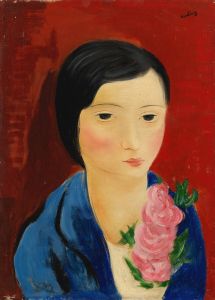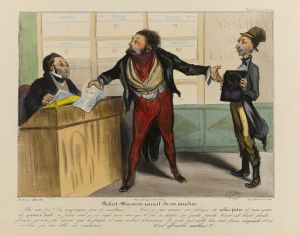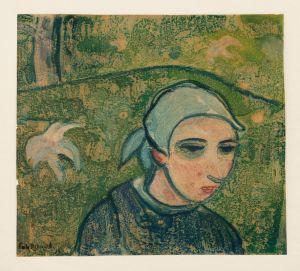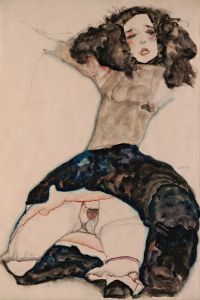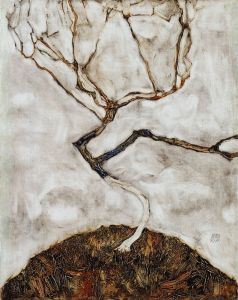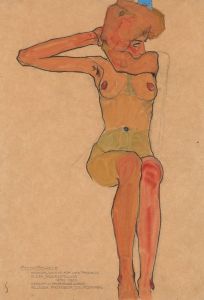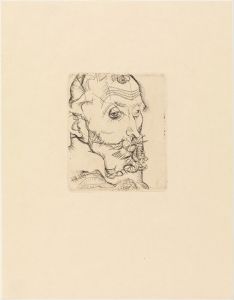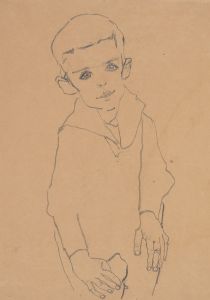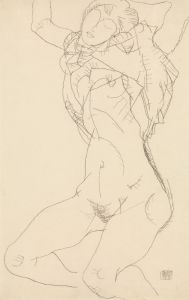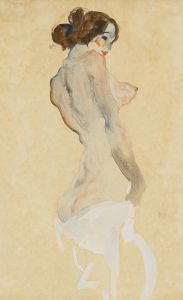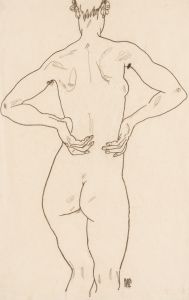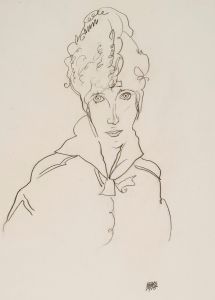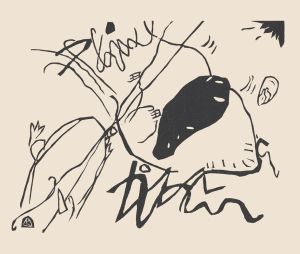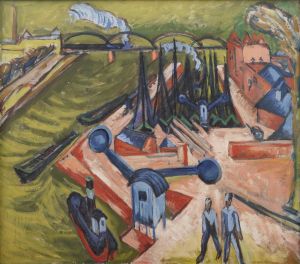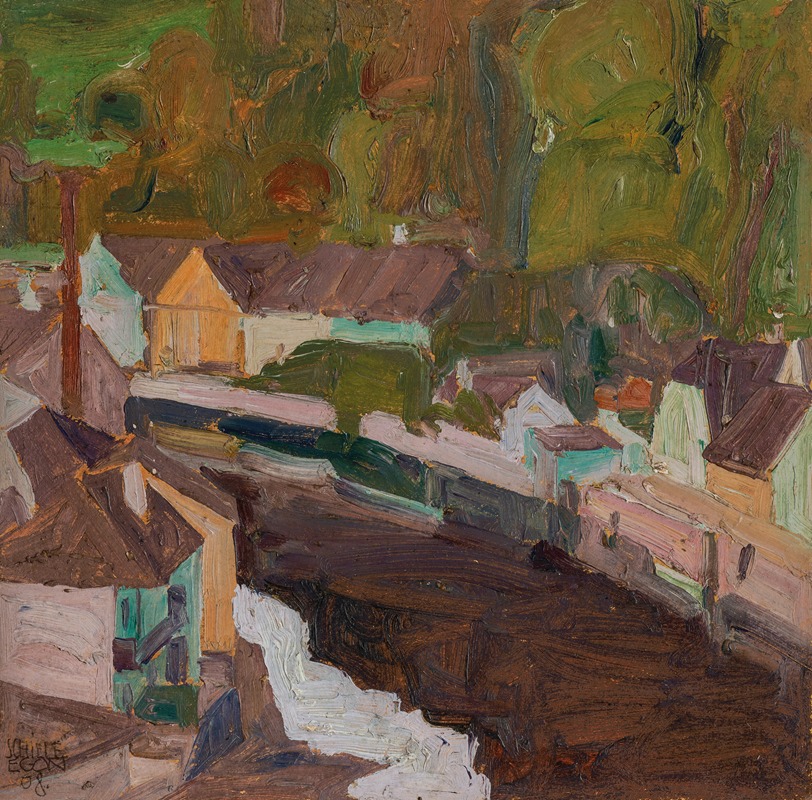
Dorf am Fluss II
A hand-painted replica of Egon Schiele’s masterpiece Dorf am Fluss II, meticulously crafted by professional artists to capture the true essence of the original. Each piece is created with museum-quality canvas and rare mineral pigments, carefully painted by experienced artists with delicate brushstrokes and rich, layered colors to perfectly recreate the texture of the original artwork. Unlike machine-printed reproductions, this hand-painted version brings the painting to life, infused with the artist’s emotions and skill in every stroke. Whether for personal collection or home decoration, it instantly elevates the artistic atmosphere of any space.
Egon Schiele, an Austrian painter known for his distinctive style and significant contribution to early 20th-century art, created "Dorf am Fluss II" (Village by the River II) as part of his exploration of landscapes and urban scenes. Schiele, a protégé of Gustav Klimt, was a key figure in the Expressionist movement, and his works often reflect a deep emotional intensity and a unique approach to form and color.
"Dorf am Fluss II" is a notable example of Schiele's landscape paintings, which he produced alongside his more famous figurative works. This painting, like many of his landscapes, captures the essence of the Austrian countryside with a focus on the interplay between natural and man-made environments. Schiele's landscapes often depict villages, towns, and rivers, emphasizing the relationship between human habitation and nature.
In "Dorf am Fluss II," Schiele employs his characteristic bold lines and vibrant colors to create a dynamic composition. The painting features a village situated along a river, with buildings clustered together, reflecting the typical architectural style of rural Austria during the early 20th century. The river, a central element in the composition, adds a sense of movement and life to the scene. Schiele's use of color is particularly striking, with earthy tones contrasting against the blues and greens of the natural surroundings.
Schiele's landscapes are known for their expressive quality, and "Dorf am Fluss II" is no exception. The painting conveys a sense of isolation and introspection, common themes in Schiele's work. His landscapes often evoke a mood of melancholy and contemplation, reflecting his personal experiences and the broader socio-political context of the time. The early 20th century was a period of significant change and uncertainty in Europe, and Schiele's art captures the tension and unease of this era.
Egon Schiele's approach to landscape painting was innovative, as he moved away from the traditional, idyllic representations of nature. Instead, he focused on the raw and sometimes harsh realities of rural life. His landscapes are characterized by their angular forms and stark contrasts, which challenge the viewer's perception and invite deeper reflection on the relationship between humans and their environment.
"Dorf am Fluss II" is part of Schiele's broader body of work that includes numerous landscapes, each offering a unique perspective on the world around him. His ability to convey emotion through his depictions of villages and natural settings has earned him a lasting place in the history of art. Schiele's landscapes, while perhaps less well-known than his portraits, are an essential component of his artistic legacy, showcasing his versatility and depth as an artist.
Overall, "Dorf am Fluss II" exemplifies Egon Schiele's mastery of landscape painting and his ability to capture the essence of a place with emotional depth and artistic innovation. The painting remains a testament to Schiele's unique vision and his contribution to the Expressionist movement, continuing to inspire and captivate audiences with its powerful imagery and evocative themes.





